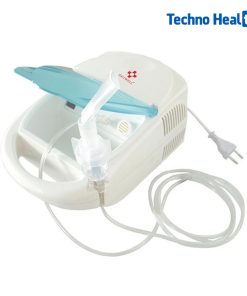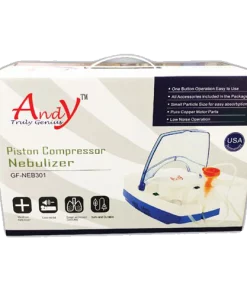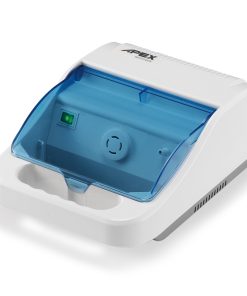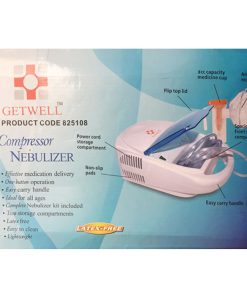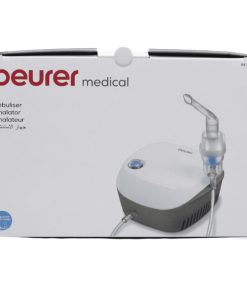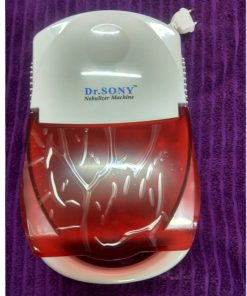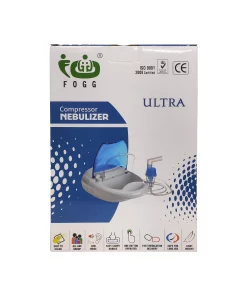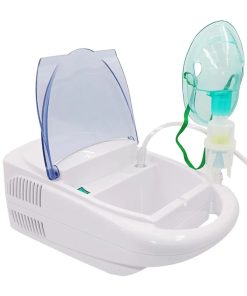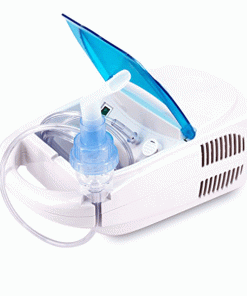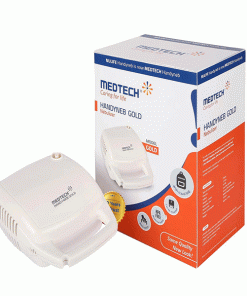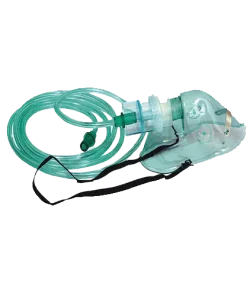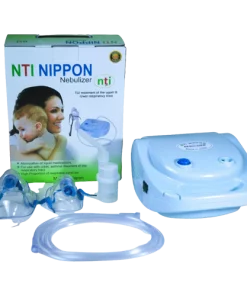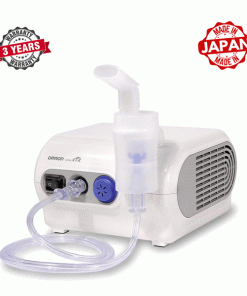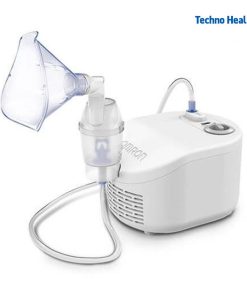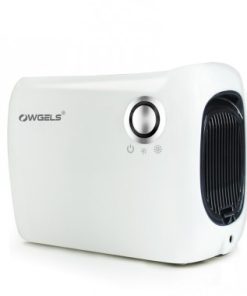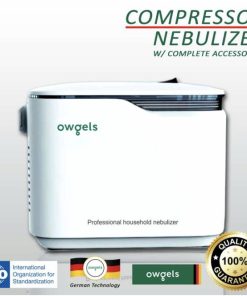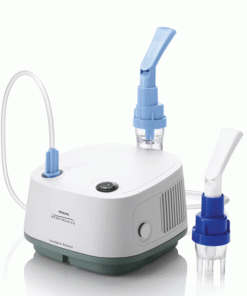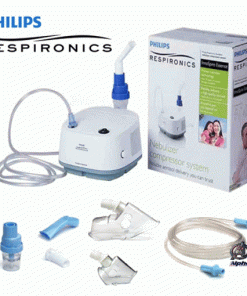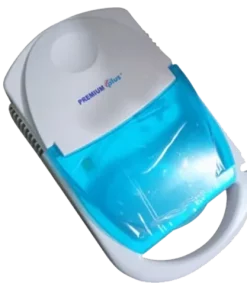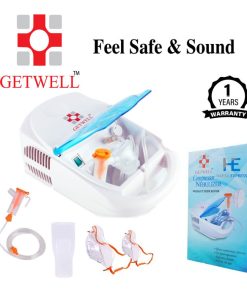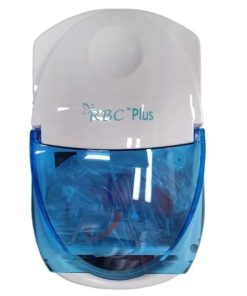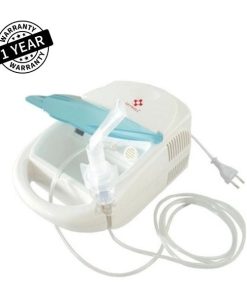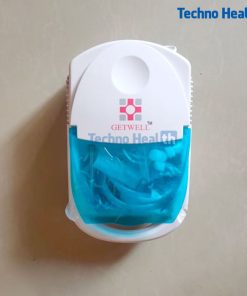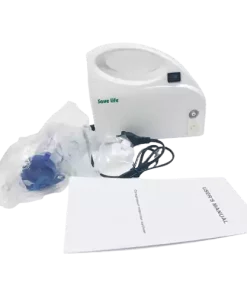Buying a Nebulizer Machine from Techno Health in BD
Nebulizer machines are the most important for individuals with respiratory conditions, providing effective and efficient medication delivery directly to the lungs. However, finding a high-quality nebulizer machine that is affordable in Bangladesh is difficult for patients and healthcare providers. Don’t worry; Techno Health Online is here! At Techno Health, we understand the importance of accurate and reliable treatment for respiratory conditions. We have a wide selection of high-quality nebulizer machines that are Bangladesh’s best respiratory care equipment.
Nebulizer Machine
Nebulizer Machine
General Health
Nebulizer Machine
Nebulizer Machine
Nebulizer Machine
General Health
General Health
Nebulizer Machine
Nebulize Mask Kit and Tubing for Albuterol Treatment for Kids Adults
Nebulizer Machine
Nebulizer Machine
Nebulizer Machine
General Health
Medical Equipment
Owgels Compressor Nebulizer WH-702 | Portable Nebulizer Machine
Nebulizer Machine
Nebulizer Machine
Nebulizer Machine
Nebulizer Machine
Price of a Nebulizer Machine | Portable Compressor (Ideal for All Ages)
Nebulizer Machine
Nebulizer Machine
Nebulizer Machine
Nebulizer Machine
What’s Inside a Nebulizer Machine?
A nebulizer machine has three main parts: a compressor, a plastic tube, and a chamber for holding medicine. The plastic tube connects the compressor to the medicine chamber. When the compressor creates pressure, it produces air in the chamber. This air turns the liquid medicine in the chamber into a fine mist (aerosol) for easy inhalation.
What is the price of a Nebulizer Machine in BD?
At Techno Health, the latest nebulizer machine price in BD (Bangladesh) starts from TK. 1,600. We believe in providing high-quality nebulizer machines at the most affordable prices for everyone suffering from respiratory diseases. We offer a very competitive price without compromising on the product quality and performance of the nebulizers. So, you can trust Techno Health to buy a nebulizer machine in Bangladesh.
What does a Nebulizer Machine do?
A nebulizer machine helps people breathe in liquid medicine by turning it into a fine mist. This mist makes it easier to inhale the medicine directly into the lungs. There are three main types of nebulizer machines, each working a bit differently:
- Jet Nebulizer Machine: This is the most common type, and it is often used at home or in pharmacies. It’s simple to operate and can be used almost anywhere.
- Ultrasonic Nebulizer Machine: This machine uses high-frequency sound waves (ultrasound) to turn liquid medicine into a mist, making it effective for delivering medicine to the airways.
- Mesh Nebulizer Machine: This type uses a mesh to break the liquid medicine into tiny particles. It creates a mist of aerosol that is inhaled into the lungs. It’s compact and highly efficient.
Which Patient Should Buy a Nebulizer Machine?
Nebulizer machines are mainly used by people with breathing problems like asthma, COPD, or chronic respiratory diseases, especially if they have trouble using inhalers. They are also commonly used for infants as an alternative to giving them medication directly.
How to Use a Nebulizer Machine?
- Sit comfortably in a relaxed position.
- Set up the machine properly and mix the medicine in the correct proportions as directed by a doctor.
- Plug the compressor into a power source so it can generate air.
- Place the aerosol mask over your face, covering your mouth and nose, and close your lips around it. Then, breathe in deeply and slowly.
Precautions for Using a Nebulizer Machine
- Wash your hands thoroughly with soap before using the nebulizer.
- Clean the nebulizer mask and machine parts with hot water for at least 30 seconds before and after each use.
- Do not wash the compressor or tubing with hot water.
- Replace the mask every 6 months.
- Change the filter if it becomes dirty.
- Asthma and COPD patients should avoid using nebulizers regularly unless advised by a doctor.
Exclusive Selection of Nebulizer Machines in Bangladesh
Techno Health presents a wide and exclusive range of nebulizer machines to deal with diversified respiratory requirements:
- Portable Nebulizers: This small, light, and easily operable nebulizer machine can be regularly used indoors and outdoors.
- Ultrasonic Nebulizers: Ultrasonic nebulizers utilize advanced technology to deliver quiet and efficient medication.
- Pediatric Nebulizers: This nebulizer is designed for children and has engaging designs and gentle performance.
- Jet Nebulizers: The traditional, durable models known for their reliability and effectiveness.
- Mesh Nebulizers: This mesh nebulizer is an advanced device providing fast and efficient nebulization.
Why is Techno Health the Best Source for Nebulizer Machines in BD?
Having a reliable nebulizer machine to manage your respiratory condition would be best. Techno Health stands out as the best source of high-quality nebulizers in Bangladesh. We ensure that all our nebulizer machines are made from premium-quality materials and meet international standards for medical devices. These machines guarantee you receive durable and reliable products that deliver effective respiratory care.
We also provide a 7-day money-back guarantee with a 1-year service warranty, so you can get the best after-sales service when you buy a nebulizer from Techno Health. Our expert customer service Team can guide you in making the perfect purchase for your needs. So, choose Techno Health for your nebulizer needs and experience top-notch product quality and service.
Here is the list of the best nebulizer machines available in Bangladesh. This list has been stored at Techno Health Bangladesh to help buyers find the most popular and reliable nebulizer machines at competitive prices.
|
SL. No |
Nebulizer Machine |
Price in Bangladesh (৳) |
|
01. |
Tk.1,600 (৳) |
|
|
02. |
Tk.1,990 (৳) |
|
|
03. |
Tk.2,200 (৳) |
|
|
04. |
Tk.2,500 (৳) |
|
|
05. |
Tk.3,000 (৳) |
|
|
06. |
Tk.3,500 (৳) |
|
|
07. |
Tk.3,500 (৳) |
|
|
08. |
Tk.3,550 (৳) |
|
|
09. |
Tk.5,850 (৳) |
|
|
10. |
Tk.6,850 (৳) |

